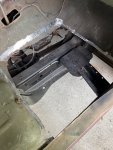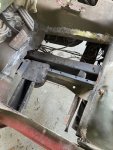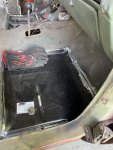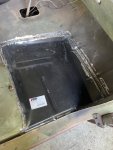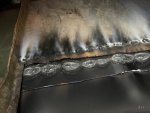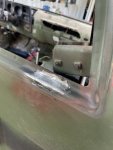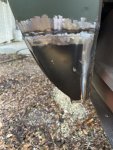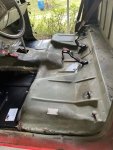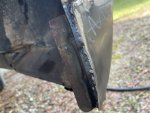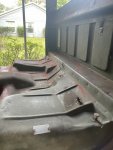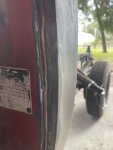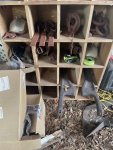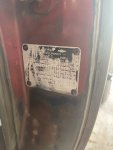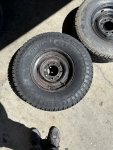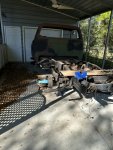Keith_J
Well-known member
- 3,657
- 1,328
- 113
- Location
- Schertz TX
Guess you still have power. Painting is all about prep, military paint jobs are much easier as 180 grit is the finest needed.
It appears you didn't have the surface sealed which telegraphed the issue to the surface. Let it harden, then 180 grit sand smooth and try again.
Once assembled, I can help with the SECM generator. I am designing a connection panel system so it can be used for 120/240 split or 208/120 3 phase. So far, I discovered the generator leads are properly marked with stamped aluminum tags.
I've load tested my generator to over 10 kW, frequency control is spot on.
It appears you didn't have the surface sealed which telegraphed the issue to the surface. Let it harden, then 180 grit sand smooth and try again.
Once assembled, I can help with the SECM generator. I am designing a connection panel system so it can be used for 120/240 split or 208/120 3 phase. So far, I discovered the generator leads are properly marked with stamped aluminum tags.
I've load tested my generator to over 10 kW, frequency control is spot on.



